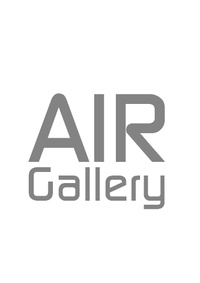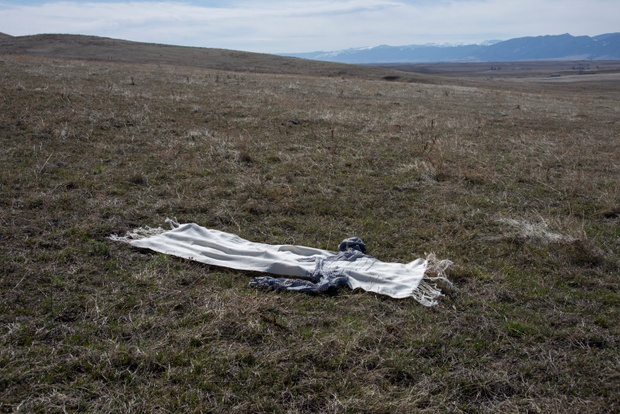
I know this beautiful but narrowing photograph in the exhibition has been causing quite a stir, many of you have been asking for more info and to see close details or more of this work so todays Friday Feature is giving you just that!
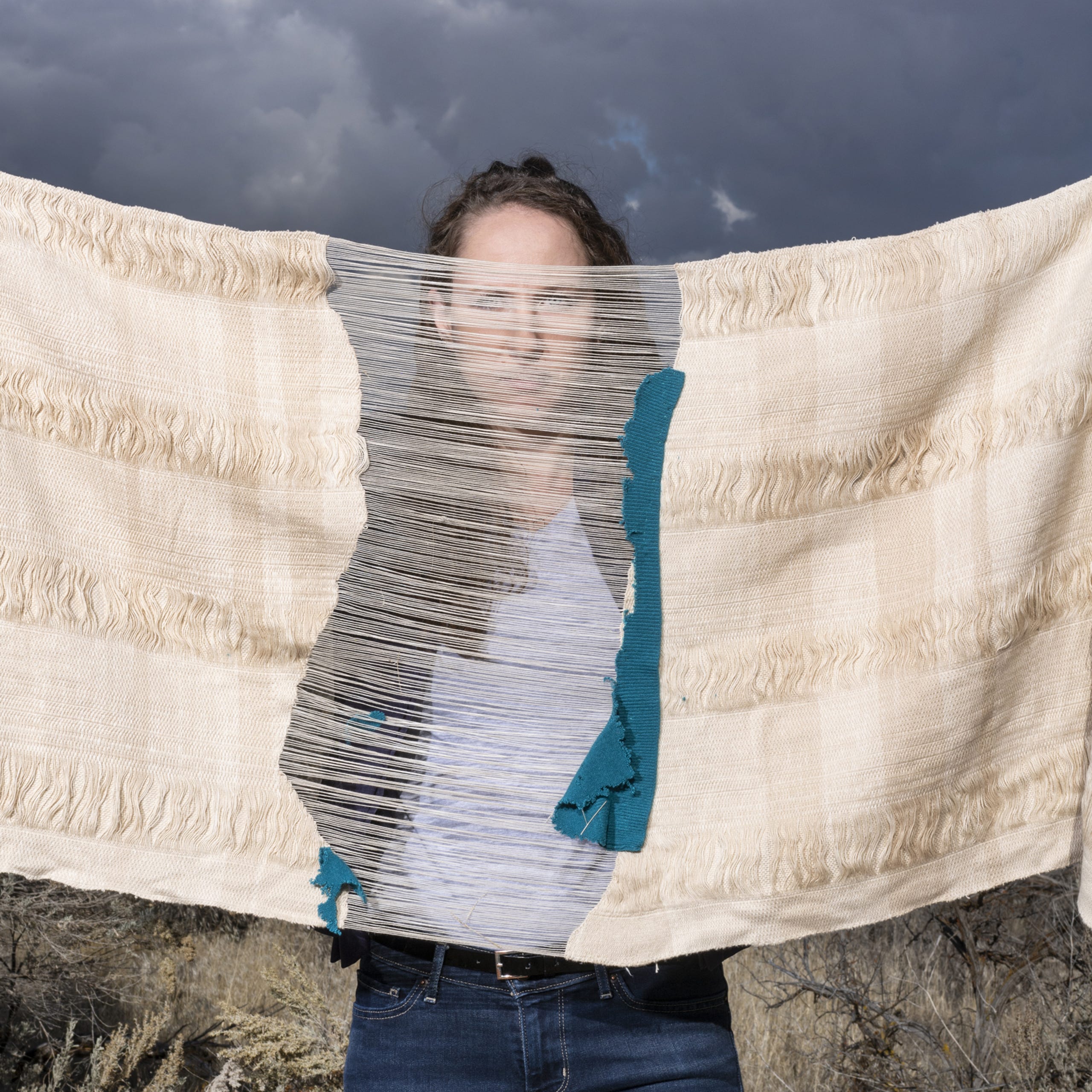
Thread by thread, Lily Lee is weaving together pieces of information about unidentified murdered women in Elko County, Nevada.
"It's kind of giving them back more of their humanity because they've been reduced to this cold document if you will," said Lee, an associate professor at Boise State.
Her artwork focuses on the stories of unidentified remains.
"I'll look up cases through a national database, and they have all of these details, height, weight, age estimates, location found, that kind of information, and I use software to put that into a weaving pattern," said Lee.
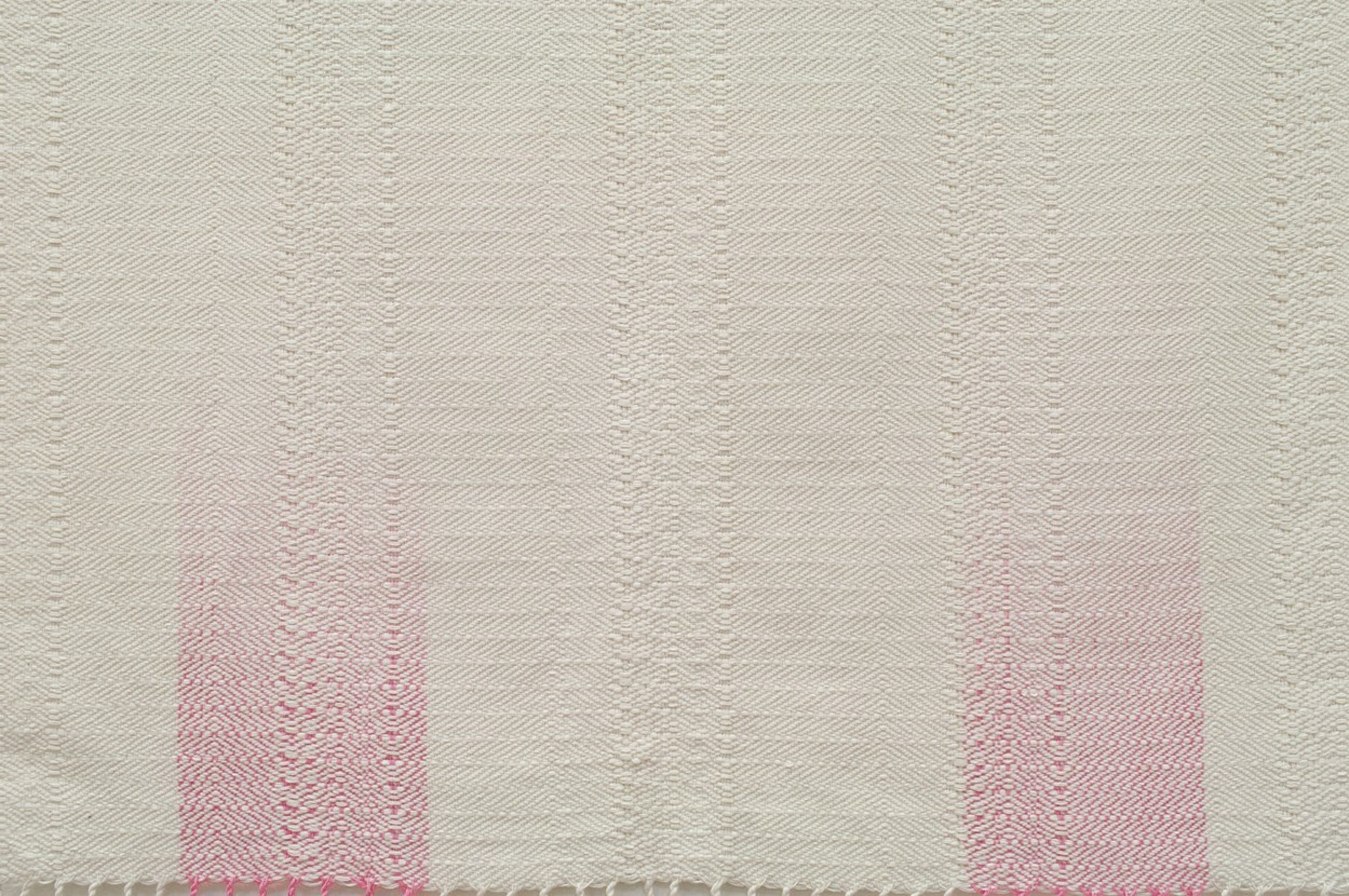
Seen above- Because the victim had two small scars, Lee included a pair of barely visible, blemishing stitches in the weaving. Lee also included threads dyed pink because the victim had pink nail polish on.
"It's a functional textile that could go over a body, and that's meant to kind of give them this gesture of respect, but also reflect their identity too in the cloth itself," said Lee.
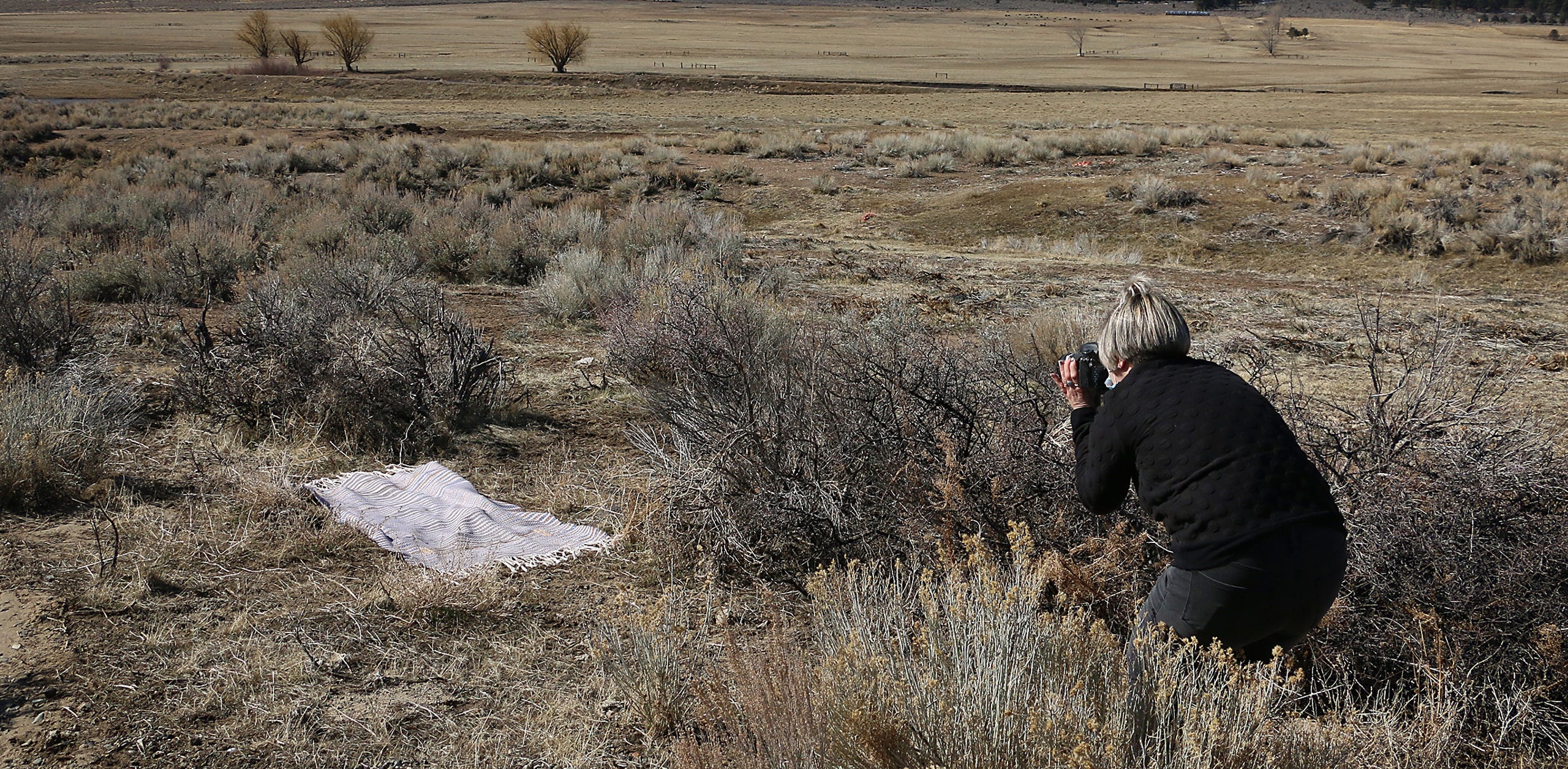
Carrie Quinney works alongside Lee for the project. Quinney helps find the location for each weaving and photograph.
"I am genuinely interested in each case and want to find the identities and ultimately the killers of these women, so I do research on each of them before I take the weaving to the site," said Quinney.
Lee has an open exhibit at the Northeastern Nevada Museum of these shrouds representing the unidentified Great Basin murder victims. However, when COVID hit, she transformed her work.
"We couldn't do traditional activities like reception, or a visiting artist lecture, workshops or anything like that that would include gathering," said Lee.
Instead, she customized bricks to place at locations unidentified women were found.
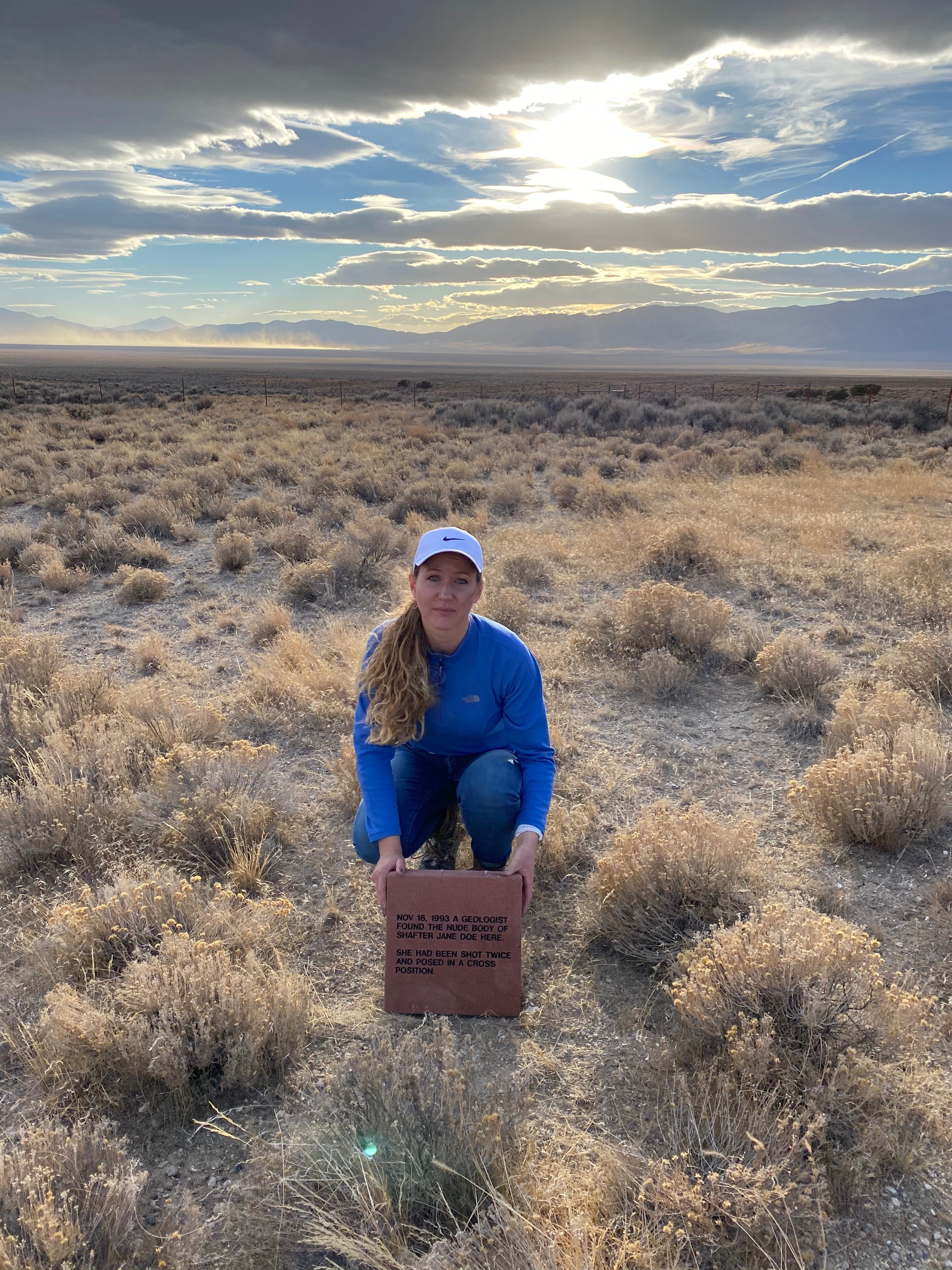
"Somebody out in the desert comes upon that; it might be pretty impactful and get them talking about the case, and more people, especially locals in the area, the better," said Lee.
Lee says when reaching out to the landowners to lay the bricks, she was met with overwhelming support.
"I was able to get ahold of a lot of long-term locals who remember when these cases happened," said Lee. "I even was able to meet with the son of a rancher who found one of the bodies and find out more from him, specifically about where she was found."
Lee works with local coroners and agencies and is the area director for The Doe Network in Idaho and Oregon. Lee's work now includes cases that have been solved in the region and time frame. Her recent shroud is dedicated to Cora Corilla, who was found murdered in Carson City, Nevada in 1981.
"Instead of keeping the plane white, like they're still unidentified, I'm using color and trying to express their identity," said Lee.
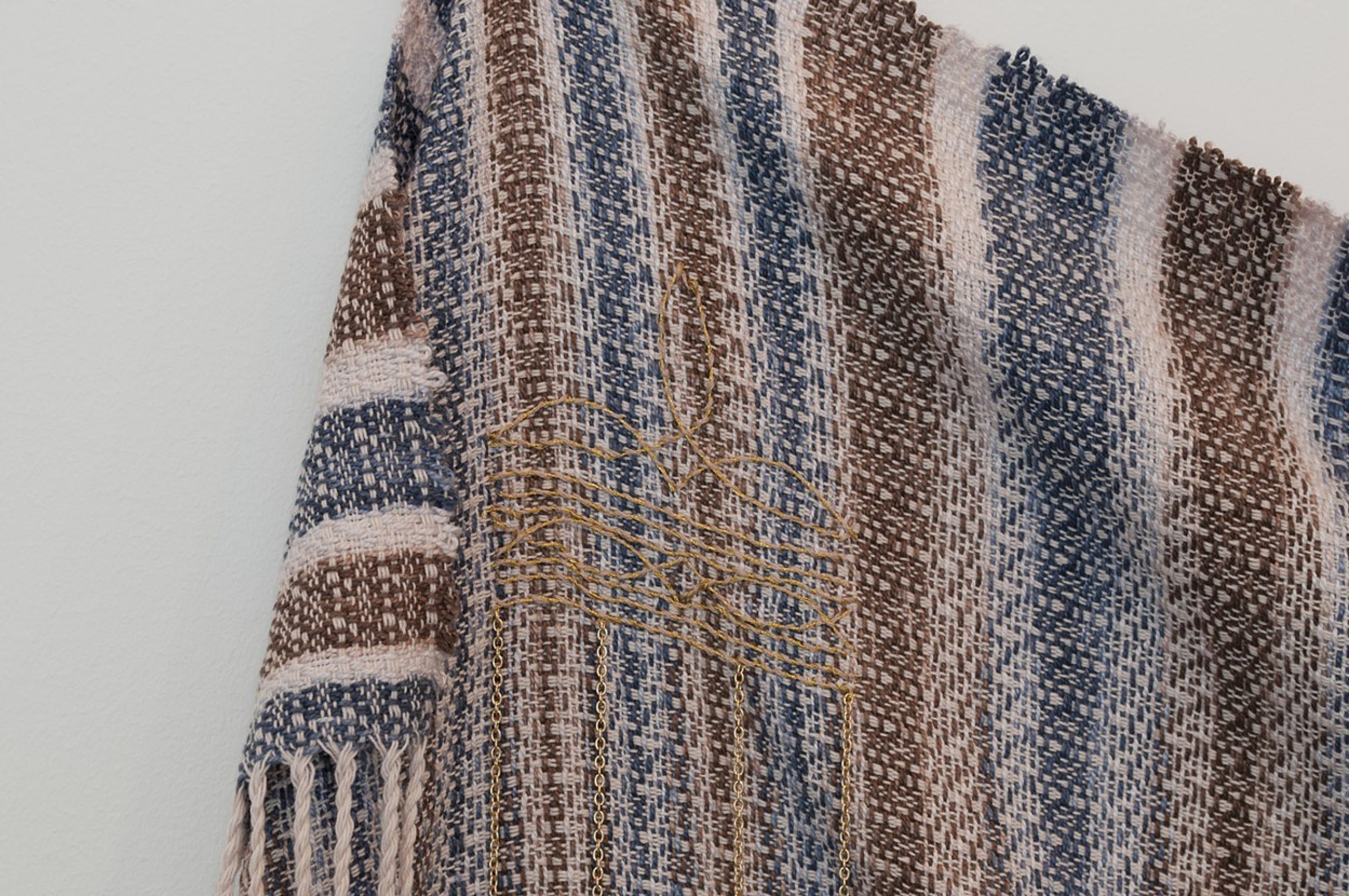
The blue threads, for Carillo's jeans. The brown, and the subtle embroidery, for her cowgirl boots. The chains, for the necklaces she was wearing when found.
Art interlaces pretty well with forensics, according to Lee.
"Especially when you're understanding someone else's art, I guess, you're looking at the art object as sort of a physical record of actions and choices this artist made as they created the work," said Lee. "And it's very similar, I believe, to how a detective may look at a crime scene and then try to find meaning in all these details."
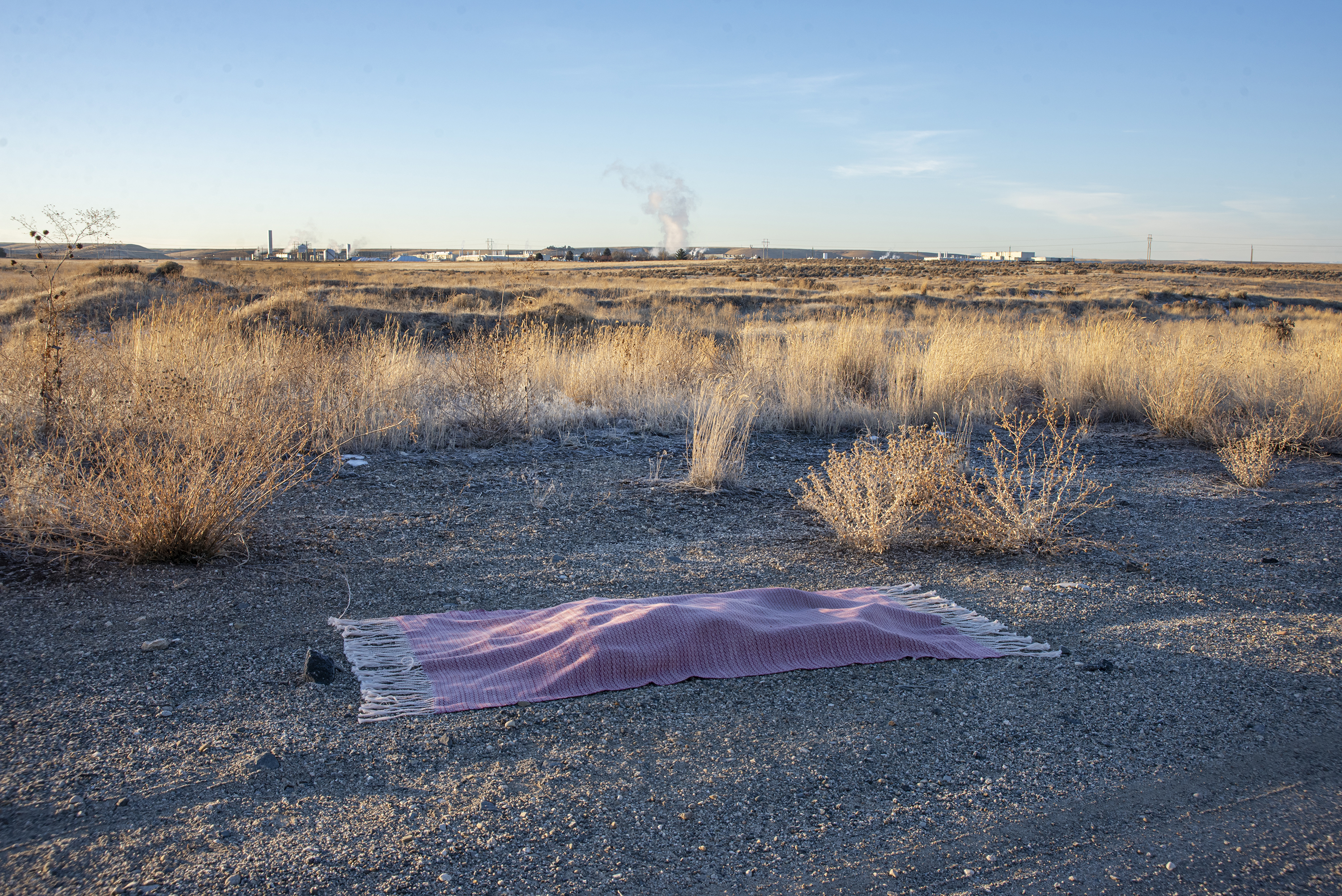
"This is about the victims, not the killers," said Lee.
Many of the victims were likely hitchhikers or sex workers, according to Lee, who's worked with local law enforcement to investigate the cases.
Lee designs and creates these weavings using data from each cold case including height, weight, and age estimates of the victims as well as the date and GPS coordinates of when and where each of the victims was located. Some weavings are embroidered, others have adornments, some are stylistically tattered.
"I kind of organize people in my mind based on these visual signifiers," said Lee.
Lee hopes her work brings appreciation and attention to textiles, an older art form, and the lives of these women.
"My hope is, potentially someday if the woman is identified, I would remake a new piece using information about who she was that would kind of replace the one from when she was a Jane Doe," said Lee.

